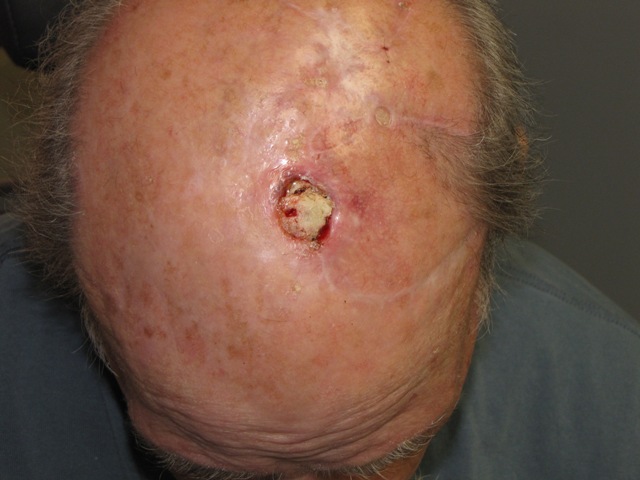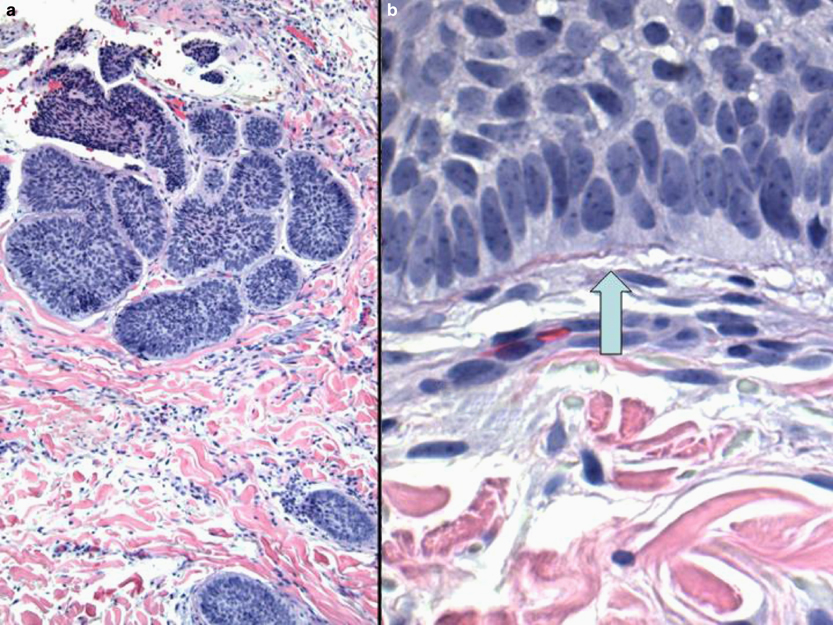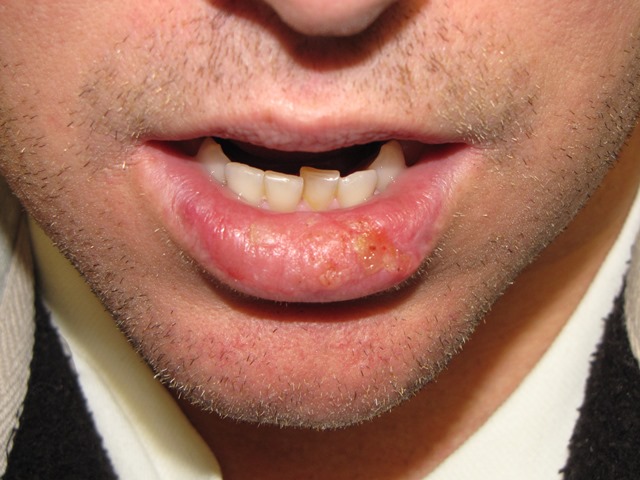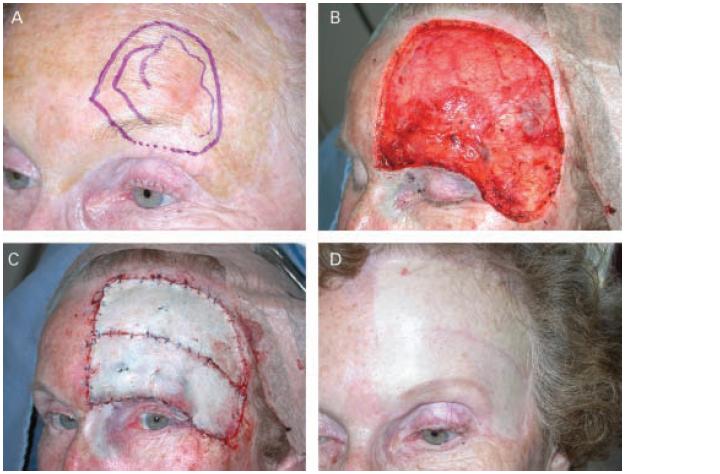Posts by Simon Madorsky, MD
Scalp Radiation for High Risk Skin Cancer – The Perils and the Perfect Storm
At the last SCARS Tumor Conference, we presented a 66 year old “Perfect Storm” patient with scalp lesions. He exhibited three critical characteristics: 1. extensive scarring by multiple dermatologic procedures required for the many skin cancers of his scalp – field cancerization effect 2. tissue hypoperfusion (smoker, peripheral vascular disease) 3. medical co-morbidities (CAD, advanced…
Read MoreVismodegib – A Breakthrough in Basal Cell Carcinoma Treatment
Vismodegib, a Hedgehog Pathway Inhibitor, has been recently shown to be highly effective for advanced basal cell carcinoma in Phase II clinical studies. Discovery of the Hedgehog Signaling Pathway is enlightening in how three unrelated basic science research paths can meet at crossroads of cancer treatment breakthrough. First, there were sheep in Idaho in 1957…
Read MorePeri-Auricular Neoplasm – Deception in Waiting
Peri-auricular subcutaneous lesions can be deceptive. These neoplasms have a higher risk of being non-dermal-related tumors than neoplasms of other areas of the face. Attempts at excision without consideration of a differential diagnosis can often lead to tumor compromise. Over the last several months, SCARS Center has treated several tumors previously excised partially by other…
Read MoreSmoothened and Patched and Sonic Hedgehogs – From Cyclopic Sheep to Targeted Basal Cell Carcinoma Treatment
What does Frizzled, Frazzled, Dishevelled, and Smoothened have to do with the Sonic Hedgehog? These are some of the humorously named genes in Drosophila fruit flies that also happened to be expressed in humans. Besides adding character to the genes, these names occasionally reflect the traits they describe. Hedgehog (Hh) gene is part of the…
Read MoreLong Term Radiation Consequences
This month we presented a case of radiation dermatitis some 20+ years following radiation treatment of skin carcinoma. This case had the classic presentation of a dry ulcer surrounded by atrophic hypopigmented skin. Clearly, incisional biopsy is recommended to differentiate this from a delayed radiation-induced malignancy. This delayed presentation of radiation dermatitis is unusual and…
Read MoreBasosquamous Cell Carcinoma
Metatypical basosquamous cell carcinoma is a subset of cutaneous cancers that poses an increased risk of metastases to the patient due to its aggressive behavior. The classic histology of metatypical basosquamous cell carcinoma includes features of both basal cell carcinoma and squamous cell carcinoma, as well as areas of intermediate differentiation. The cells are larger and…
Read MoreNew Melanoma Staining: SOX10 and MiTF
S-100, tyrosinase, Melan A, and HMB 45 have been the workhorses of melanocyte histopathology. A new immunohistochemical stain, SOX10, has recently been shown to be a useful marker in the diagnosis of melanocytic tumors. It is strongly expressed by desmoplastic melanoma and is less likely to be expressed by background fibrocytes and histiocytes. Sry-related HMG-BOX…
Read MoreRadiation Therapy of Skin Cancer: Dosing and Complications
Although, radiation of ear carcinomas can pose a risk of chondritis and poor healing, that risk can be virtually eliminated with lower dose fractions (radiation dose per treatment) spread over a longer course. Total dose requirement for skin cancer treatment ranges from 3500 cGy to 6000 cGy depending on the size and depth of the…
Read MoreSquamous Cell Carcinoma Lower Lip
A man in his thirties with lifelong h/o severe actinic cheilitis of left lower lip. Recurrent flare-ups of cheilitis have been treated as recurrent herpetic infection. Recently he has experienced worsening of cheilitis and appearance of the lesion. Biopsy found squamous cell carcinoma with perineural invasion. Lip invasion was histologically measured to be > 2mm…
Read MoreAcceptance of Residual Melanoma-In-Situ: Avoiding Cosmetic and Functional Deformation
Acceptance of residual melanoma-in-situ (lentigo maligna) after an excision can avoid cosmetic and functional deformation. Is the residual risk of recurrence and transformation into invasive melanoma low enough to warrant observation? Melanoma-in-situ (MIS) is a high risk lesion due to three primary reasons. The first is that a partially biopsied melanocytic lesion with a diagnosis…
Read More





